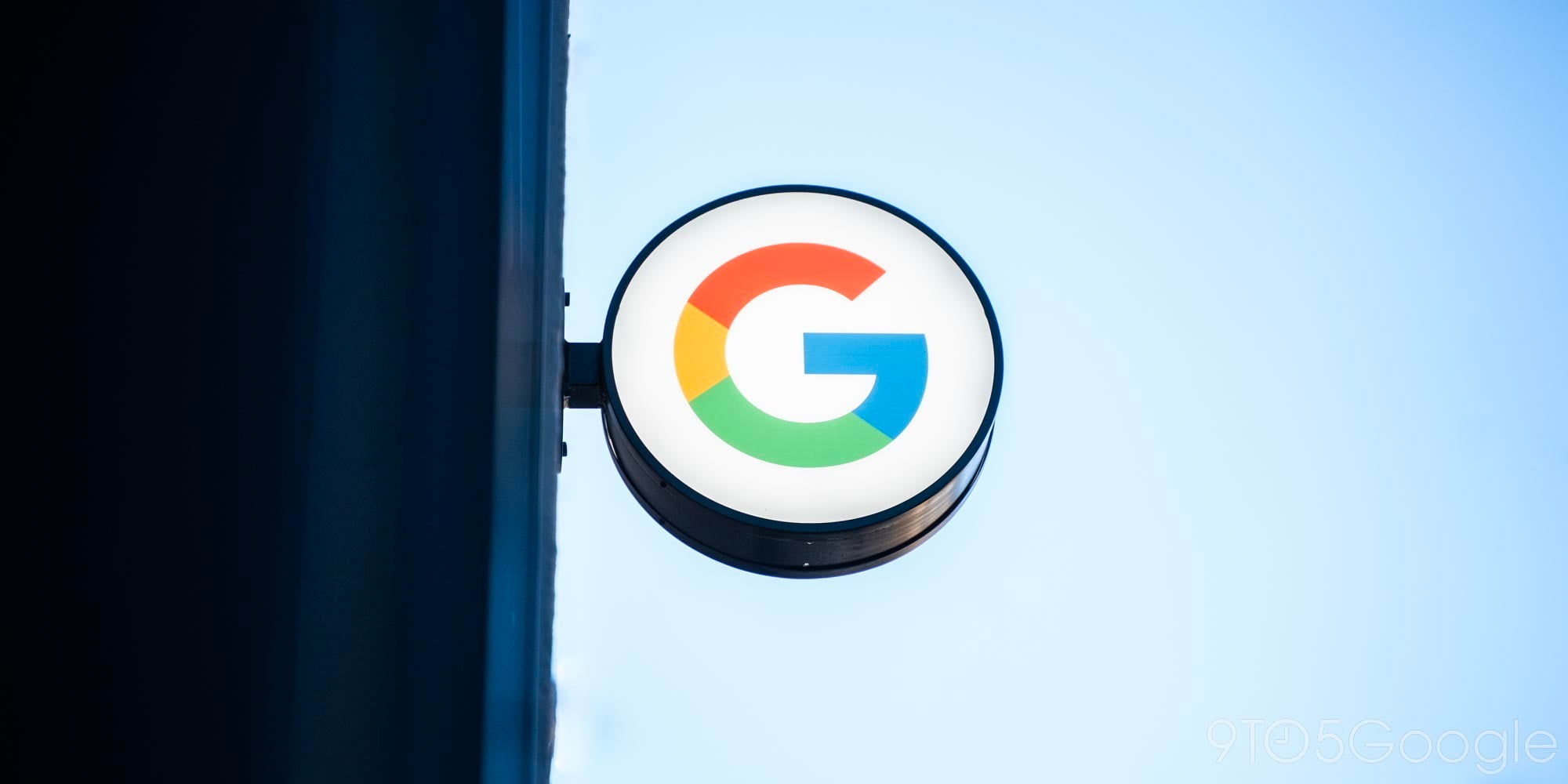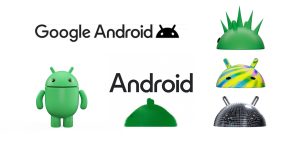
For the past several years Google has been winning. The company is responsible for the world’s most popular search engine. Its Android mobile operating system has the lion’s share of worldwide smartphone shipments and the tech juggernaut’s advertising platform generates gigantic sums of money every year. So when a habitual winner like Google actually loses, it typically doesn’t handle defeat too well, and despite all of the company’s accolades, it’s been getting clobbered in one area for almost four years straight.
Google has successfully captured your desktop’s homepage and managed to work its software into the pockets of millions of people, however the Internet’s reigning search king has continuously struggled to find success in one very critical space — the living room.
Since 2010, Google has been aggressively trying to attach itself to your television, and despite several software and hardware revisions, the company has continued to come up short. However, when Google revealed Android TV during its annual I/O developer conference earlier this year, hordes of cord-cutting couch potatoes were optimistic about what the future might hold.
Fast-forward to today and Google’s first Android TV-powered device has been deemed fit for full duty by the company’s leadership. But does Google’s Nexus Player have enough bells and whistles to stand out in an extremely crowded space loaded with cable boxes, game consoles and other TV-friendly contraptions?
Look and feel
Most modern TVs are fairly attractive and the gear that accompanies them should also look like one of the cool kids. When it comes to fitting in, Google’s Asus-made Nexus Player certainly looks the part. It’s small, flat, black and round. No matter how cramped or open your home theater setup may be, you won’t have any trouble finding a place to stash the Nexus Player even if you have to stack the hockey puck-like media player on top of another device. Its design is simple and straight to the point, with the word “Nexus” etched on its top being the only thing to associate it with Google’s flagship product line.
In terms of connection inputs, Asus continues its minimalist approach, keeping things straightforward. Power, HDMI, micro-USB and that’s it. On the bottom of the device there’s a prominent syncing button that can be used to pair compatible Bluetooth gadgets and a subtle white LED that protrudes out of the front of the receiver to remind you that it’s turned on.
The Nexus Player’s bundled remote control maintains the same design language, sporting five physical buttons (voice search, back, play/pause, select and home) and a circular directional pad to navigate Android TV’s interface. It’s easy to use and feels great in your hand thanks to a nice groove that runs down its back. The Nexus Player’s remote can also be used to toggle the device’s voice search capabilities, plus it doubles as a very casual input method for a select number of games.
The Nexus Player’s hardware doesn’t offer anything that drastically outshines its competitors, however its design and build quality are definitely on par with some of the set-top world’s biggest contenders.
Out of the box
Setting up the Nexus Player is a cinch. Connect the device to your wireless network and follow a few on-screen prompts that will direct you to a specific URL with a verification code. It will take literally less than two minutes to get things going after powering on the player for the first time, as long as you have a Google account.
The Nexus Player’s interface is somewhat reminiscent of Netflix’s UI. It’s simple and extremely easy to navigate. Menus are broken into rows of fast and fluid scrolling tiles, with apps and games having their own unique sections.
Once familiar with Android TV’s layout, you can start installing apps and games from Google Play via your desktop or directly from within the Nexus Player’s dashboard. As for your video fix, the device ships preloaded with Google Play Movies & TV, YouTube, Hulu Plus and Netflix. There’s also about 14 other entertainment apps, including items like Plex, TED TV, Crackle, Red Bull TV and HuffPost Live.
If you don’t mind listening to tunes on your TV, apps like Google Play Music, Pandora, Songza and iHeartRadio are on tap as well. As of right now, there are only seven music applications available in Android TV’s version of Google Play.
This may not sound like a lot of software and it really isn’t, but the Nexus Player also supports Google Cast-ready apps that can be shared from your desktop or mobile device. This means that HBO Go and other Chromecast-friendly applications will work with the Nexus Player without having to install them directly on your Android TV device. In fact, you can even engage in some big screen web browsing by using Chrome’s Google Cast extension.
A good rule of thumb is if it works on a Chromecast, it will work on a Nexus Player.

Video playback and gaming
The Nexus Player only features 8GB of local storage space, so just about every movie and TV show you watch on it will be streamed. Thankfully Google’s new media hub is also equipped with support for 5GHz WiFi. During my time with the device, HD video playback was buttery smooth, with picture quality being razor sharp.
If you’re looking for more than a media streaming device, the Nexus Player also dabbles in gaming. In the vein of the latest Roku player, some titles work with the system’s remote. However, Google is also selling an optional $40 gamepad (also made by Asus) for “serious gaming.”

Google’s new set-top receiver is loaded with a 1.8GHz quad-core Intel Atom processor, 1GB of RAM and an Imagination PowerVR Series 6 Graphics 2D/3D Engine. While its hardware is perfectly capable of pushing fairly high-end mobile games, the Nexus Player isn’t a proper substitute for a modern game console. However, with the large number of classic games like Grand Theft Auto III and SoulCalibur being ported to Android, Asus’ gamepad starts to look more appealing.
Unfortunately, Android TV’s game integration is a bit of a mess. Titles like Gameloft’s Modern Combat 5: Blackout showed up under the Nexus Player’s Games section, while Grand Theft Auto: San Andreas was recognized as an app. On top of that, some titles aren’t compatible at all. Classics like Grand Theft Auto: Vice City and Max Payne were a no-go. And while San Andreas was playable, it suffered from format issues that caused its imagery to overlap my display.
This was really disappointing and hopefully it will be worked out with time, but until it’s resolved, gaming on the Nexus Player is a casual affair at best.
Talking to Android TV
Like Amazon’s Fire TV, the Nexus Player’s remote is equipped with a microphone for voice search functionality. Google being the search expert that it is, the software works rather well. It does, however, have its limitations.
You can search for an actor or song by name and the device will pull up relevant results from Google Play Movies & TV, Google Play Music and YouTube. You can even tell the Nexus Player’s remote to launch an app and it will. Sadly, though, voice search support is mostly limited to Google’s in-house brands. I was able to find success with TED TV, but noticed that voice search functionality was missing from most third-party applications, including Netflix.

The Nexus Player doesn’t only handle voice queries for entertainment, it also has a little bit of Google Now support lurking inside. It’s not as refined as the platform’s mobile experience, but you can ask trivial questions and Google’s Knowledge Graph will generally crank out a quick answer.
Wrap-up
Android TV is Google’s fourth attempt to connect with your home theater, and while the Nexus Player isn’t a bad set-top box, better options are currently on the market. With a thin content selection and most of its best features already supported by Google’s cheaper Chromecast, the Nexus Player is a bit of a tough sell.
As a platform, Android TV offers a few tasty bits and pieces, but in its present state, the Nexus Player feels like an unfinished entrée that needs more time in the oven. It’s possible that Google’s new media machine will get better over time, but based on the company’s track record, you’ll probably want to wait for the Nexus Player to learn some new tricks before parting with your hard-earned cash.

FTC: We use income earning auto affiliate links. More.



Comments